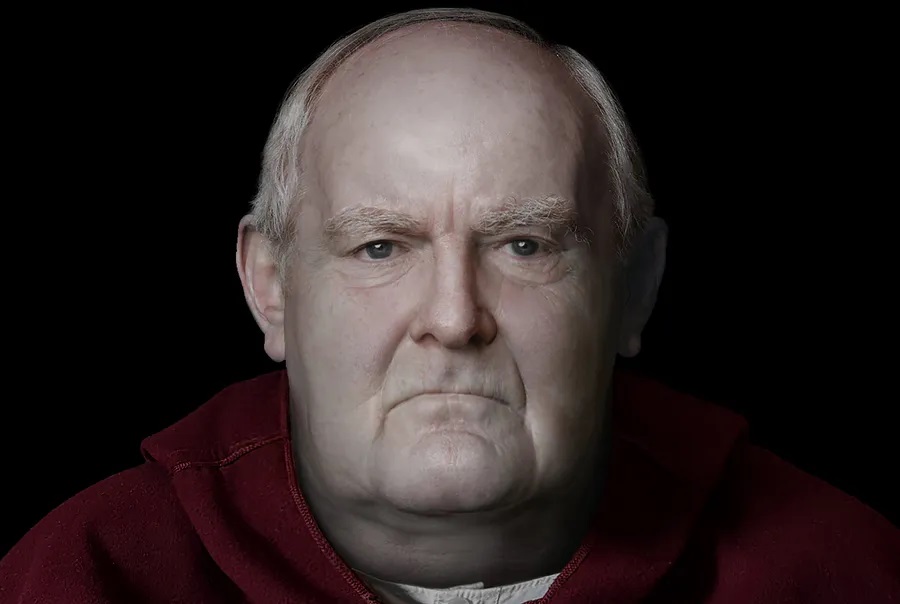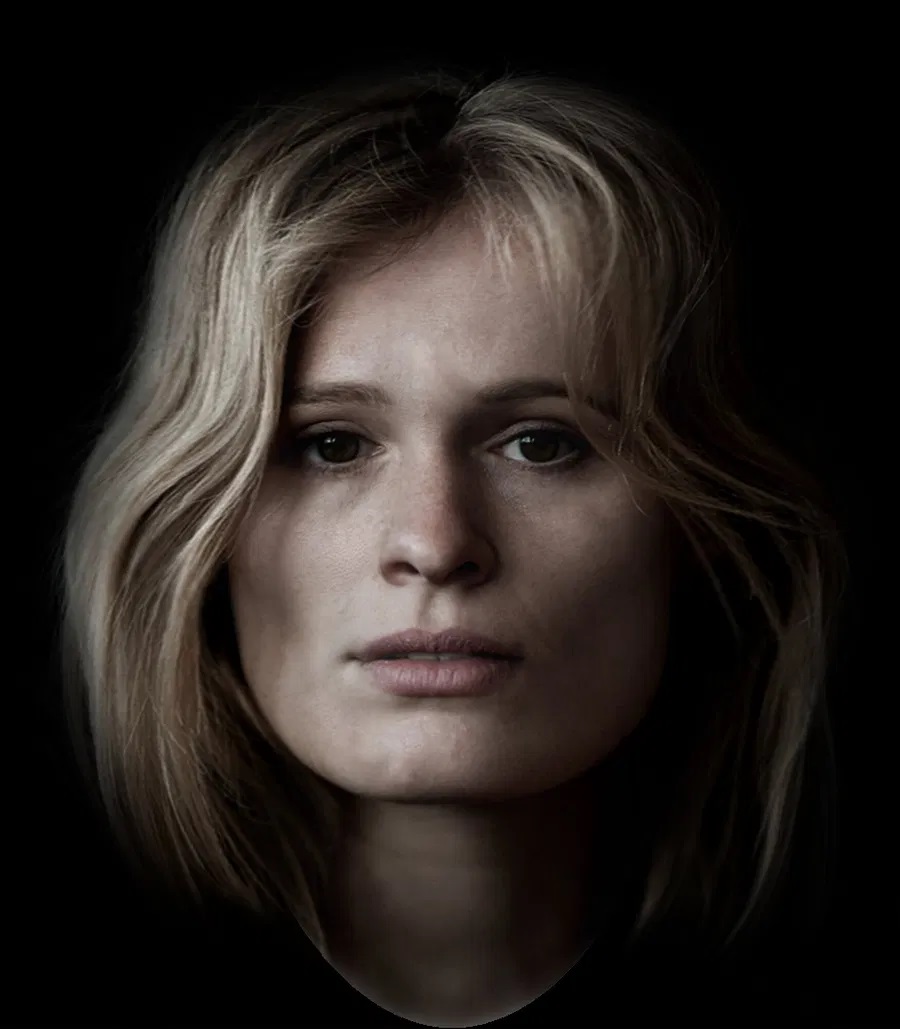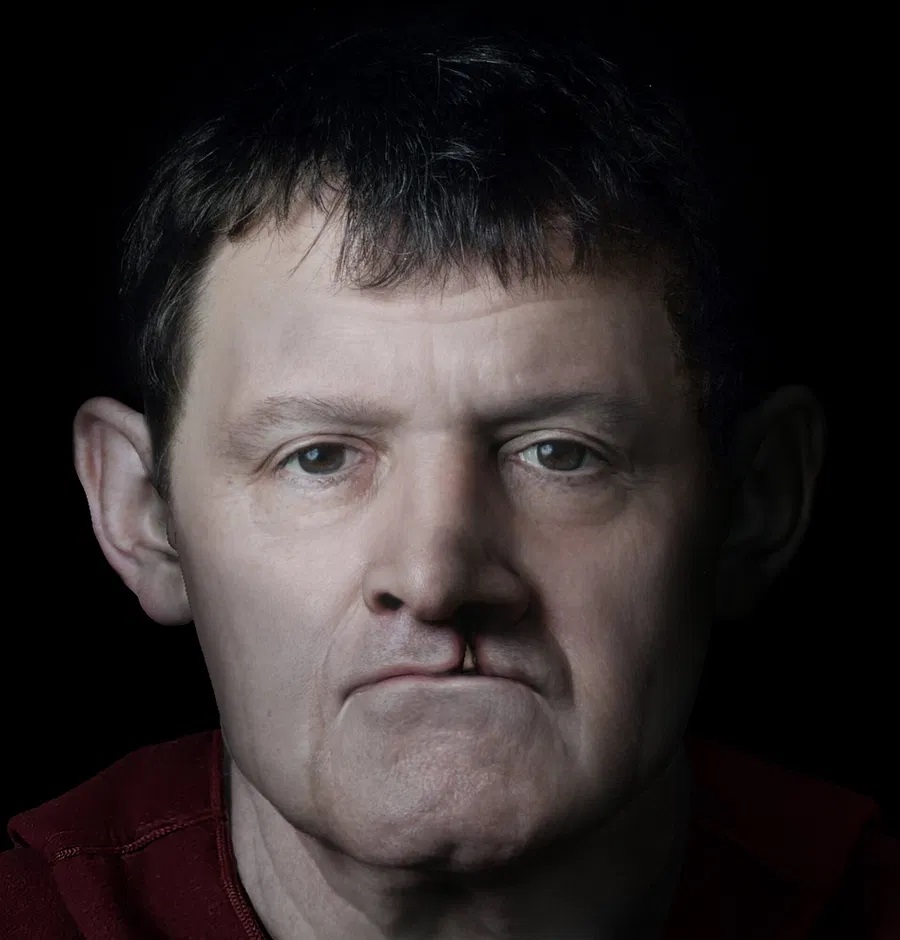In recent years, the ability to digitally reconstruct how people from the Middle Ages looked has greatly improved. This can be seen in a new project that has helped to uncover three people who lived in Scotland 700 years ago.
The Whithorn Trust and the University of Bradford were among those who collaborated to reveal the identities of three people buried at Whithorn Priory in Scotland’s Dumfries and Galloway region. The three people lived between the 12th and 14th centuries: a woman, a cleric, and a bishop.
As part of the Cold Case Whithorn project, experts are now reconstructing their past using a variety of archaeological and forensic science techniques. Walter of Whithorn, Bishop of Galloway, was the most famous person to be digitally reconstructed. Prior to becoming bishop in 1209, he served as chamberlain to the Lord of Galloway. He passed away in 1235.

The names of the other two people are unknown, but some information is available. One of them was a 14th-century woman who died in her twenties. She was buried near the priory’s high altar on a bed of seashells, implying she was of high status. The other person was a cleric who suffered from an untreated cleft lip and palate.
Dr Christopher Rynn, a craniofacial anthropologist and forensic artist, used the forensic method of facial approximation, reconstruction, and depiction on 3D scans of each skull. This work “involves the use of facial soft tissue depths, musculature sculpted individually to fit each skull, and scientific methods of estimating each facial feature, such as eyes, nose, mouth, and ears, from skull morphology,” he says.
Between 1957 and 1967, an excavation at Whithorn Priory uncovered the remains of various medieval people who were buried there. The skulls of three medieval people were loaned to the University of Bradford by National Museums Scotland and the Dumfries and Galloway Council museums service for 3D scanning.

Dr Shirley Curtis-Summers, a bioarchaeologist at the University of Bradford’s School of Archaeological and Forensic Sciences, collaborated on the Cold Case Whithorn project with the Whithorn Trust and project lead, Dr Adrian Maldonado of National Museums Scotland. She used isotope analysis on some of the Whithorn burials to learn about diet and mobility, and she chose the skulls for 3D facial reconstructions.
“As a bioarchaeologist, my job is to examine archaeological skeletons for signs of disease and trauma,” Curtis-Summers explains. “I also analyze human bones and teeth for stable isotope analysis, which can tell us about the types of foods people consumed in the past and whether they were local to their place of burial.
“I was very excited to be invited by Julia Muir Watt (The Whithorn Trust) and Dr Adrian Maldonado to be part of the Cold Case Whithorn team and be involved in the process of choosing the most appropriate skulls for the 3D facial reconstructions. While we will never be able to tell the full story of these medieval people’s lives, being able to reconstruct their diet, mobility, and now their faces allows us to delve into their past and come face to face with them.”

Reconstructions of medieval faces have become more accurate in recent years. Chris Rynn was part of a team that revealed the face of a Pictish man who lived 1400 years ago, while University of Bradford researchers were able to show the faces of two medieval people discovered at Stirling Castle.






